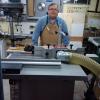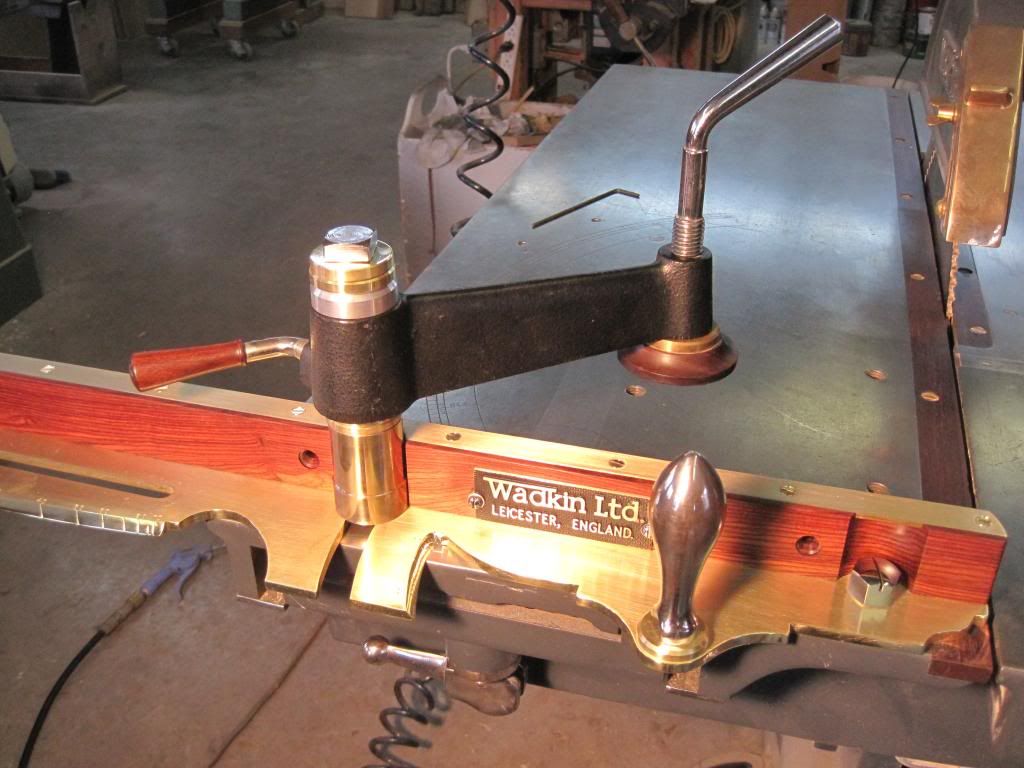Hello,
I'm still getting "acquainted" with my Hammer K3 slider, and wondered if others with sliders have come up with jigs that ride on the slider for cutting the cheeks on tenons? The slot in the K3 slider does not take standard miter gauges, and this makes things a bit more difficult...but I suspect others have come up with clever solutions...
Thanks for all advice,
Izzy




 Reply With Quote
Reply With Quote
 Nothing too clever about it! Aside from the ever-popular Friz and Franz jig, I also, for example, have a shop-built tapering jig I use for tapering table legs and have often made temporary jigs for whatever I was working on at the time that clamp to the wagon and use the slot for alignment.
Nothing too clever about it! Aside from the ever-popular Friz and Franz jig, I also, for example, have a shop-built tapering jig I use for tapering table legs and have often made temporary jigs for whatever I was working on at the time that clamp to the wagon and use the slot for alignment.














